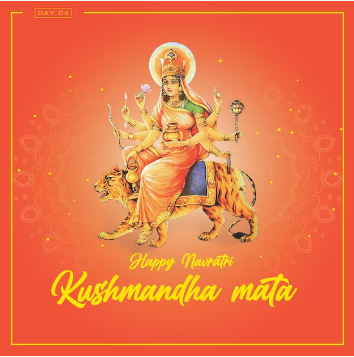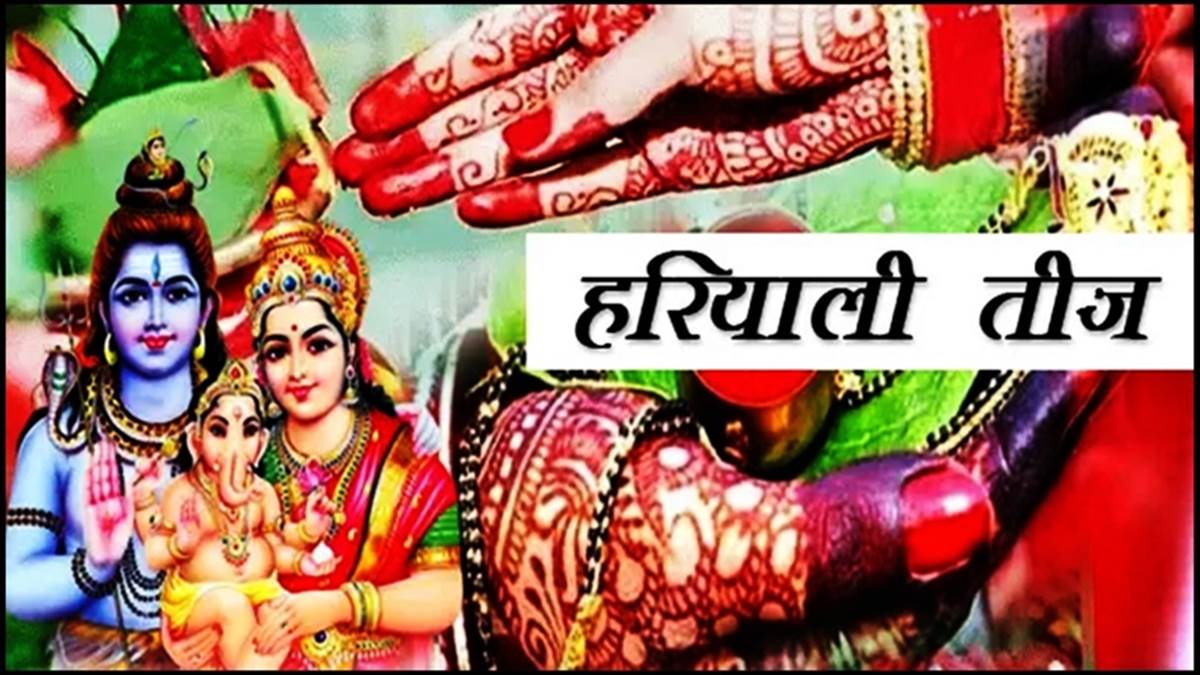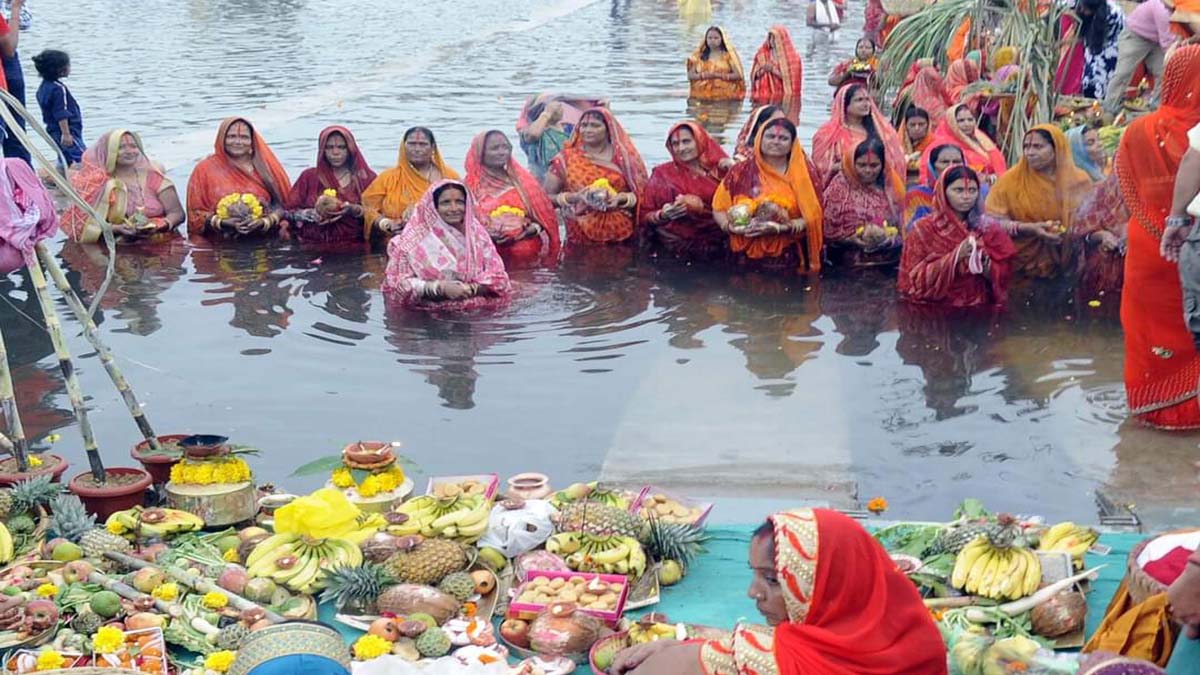Kushmanda Devi: Navratri Fourth Day Goddess

Devi Kushmanda is worshipped on the 4th day of Navratri. She is also referred to as the “smiling goddess”. She is the happy manifestation of Maa Durga. It is believed that she is the creator of the Brahman. Her name consists of Ku, Usma and Anda. Ku means little, Usma means energy and Anda means egg. Her name means she is the creator of the “little cosmic egg”. She rides a tiger and has 8 arms, a weapon in each of them.
Kushmanda Maa Navratri Puja Tithi 2023: Shardiya Navratri 2023 – 18th October 2023, Wednesday
NOTE: The exact time for Puja may vary from location to location. Consult a professional Pandit for more accurate Puja timing in your country/city/town/village.
Beej Mantra – ॐ ह्रीं कुष्माण्डयै जगत्प्रसूत्यै नमः
Story Behind Maa Kushmanda
Maa Kushmanda’s story begins with the Universe in darkness. A divine light appeared, taking the form of a lady, Maa Kushmanda. This divine lady was the first being in the universe. She created the entire universe with a silent smile. She produced this “little cosmic egg” and her smile took over the darkness. She smiled and created the Universe, the Sun, planets, stars, and galaxies. She became the source of all energy, providing life through sunlight and seated at the centre.
She used the central eye on her forehead to create a terrorising form – “Mahalakshmi”. The second form was created from her left eye and was named “Mahakali”. Finally, she used her right eye to create “Mahasaraswati”, a smiling and gracious form. Later, the body of Mahakali gave birth to a male and a female. The male was named Shiva and the female was named Saraswati. Similarly, Mahalakshmi also gave birth to a male – Bramha – and a female – Lakshmi. Maa Kushmanda then glanced at Mahasaraswati, who then gave birth to a male and female as well. The male was named Vishnu and the female was named Shakti. After this, Maa Kushmanda offered Saraswati to Bramha, Lakshmi to Vishnu and Shakti to Shiva as companions. She absorbed the goddesses and became an object of powerful energy within Shakti.
Maa Kushmanda Poojan Vidhi
On the fourth night of Navratri, devotees worship Kushmanda. They start with a shallow clay pan as a base. They layer it with mud and grains like Sapta Dhanya/Navadhanya. A bit of water is sprinkled to moisten the seeds. On this base, they place a Kalasha filled with holy water, Ganga Jal, Supari, coins, Akshat (rice with turmeric), and Durba grass. Five mango tree leaves are arranged around the Kalash’s neck, and it’s covered with a coconut. The day is filled with chanting Maa Kushmanda’s mantras, reciting Durga Saptasati, and performing Aarti.
Bhog for Maa Kushmanda
On the 4th day of the Navratra Puja, devotees offer malpua bhog (preparation made of wheat flour, milk, sugar, etc. bhog) to Maa Kushmanda as it is her favourite, and in fruits, she is offered nashpati (pears).
For a detailed explanation related to Puja Vidhi, you can speak to our expert pundits and astrologers at NamoAstro any time.
Mantra
ॐ देवी कूष्माण्डायै नमः॥
Dhyan Mantra
सुरासम्पूर्णकलासं रुधिराप्लुतमेव च |
दधाना हस्तपद्मभ्यं कुष्माण्ड सुभदष्टि मई\|
Prarthana
सुरासम्पूर्ण कलशं रुधिराप्लुतमेव च।
दधाना हस्तपद्माभ्यां कूष्माण्डा शुभदास्तु मे॥
Significance of Worshipping Maa Kushmanda
- Goddess Kushmanda is believed to provide guidance and energy to the Sun, making her the governing deity of the Sun.
- In spiritual practice, Maa Kushmanda represents the Anahata Chakra. Her divine blessings can help fulfil your desires, turn enemies into allies, bring light to darkness, and create harmony in your life.
Frequently Asked Questions
Q: Is there a specific colour associated with Kushmanda Devi?
A: The colour associated with Kushmanda Devi is often depicted as radiant white or light green, symbolising purity and the illumination of darkness.









